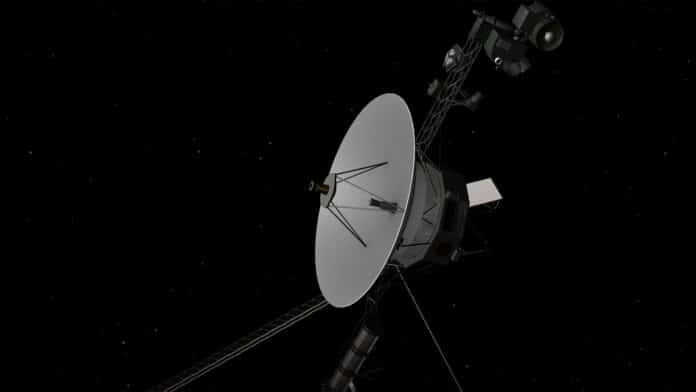Engineers have found the root cause of the issue with NASA’s Voyager 1 spacecraft that has been causing it to send unreadable science and engineering data to Earth since last November.
A corrupted memory in one of the computers on board has been affecting the transmission of scientific and engineering data back to Earth. This computer, known as the flight data subsystem (FDS), plays an important role in packaging the data before it is sent through the telemetry modulation unit (TMU) and radio transmitter.
In early March, the team issued a “poke” command to prompt the spacecraft to send back a readout of the FDS memory, which includes the computer’s software code as well as variables (values used in the code that can change based on commands or the spacecraft’s status). Using the readout, the team confirmed that about 3% of the FDS memory has been corrupted, preventing the computer from performing normal operations.
The team suspects that a single chip responsible for storing part of the affected portion of the FDS memory isn’t working. They are unsure of what caused the issue, but two possibilities are that the chip could have been hit by an energetic particle from space or that it may have simply worn out after 46 years.
The engineers are optimistic that they can find a way for the FDS to operate normally without the unusable memory hardware, which would enable Voyager 1 to begin returning science and engineering data again. While it may take weeks or months, they are determined to find a solution.
The twin Voyager spacecraft were launched back in 1977 and have since flown by Saturn and Jupiter, with Voyager 2 even going on to explore Uranus and Neptune. Now, they’re both venturing into interstellar space beyond the influence of the Sun’s magnetic fields. Voyager 2 is still operating normally after all these years.
